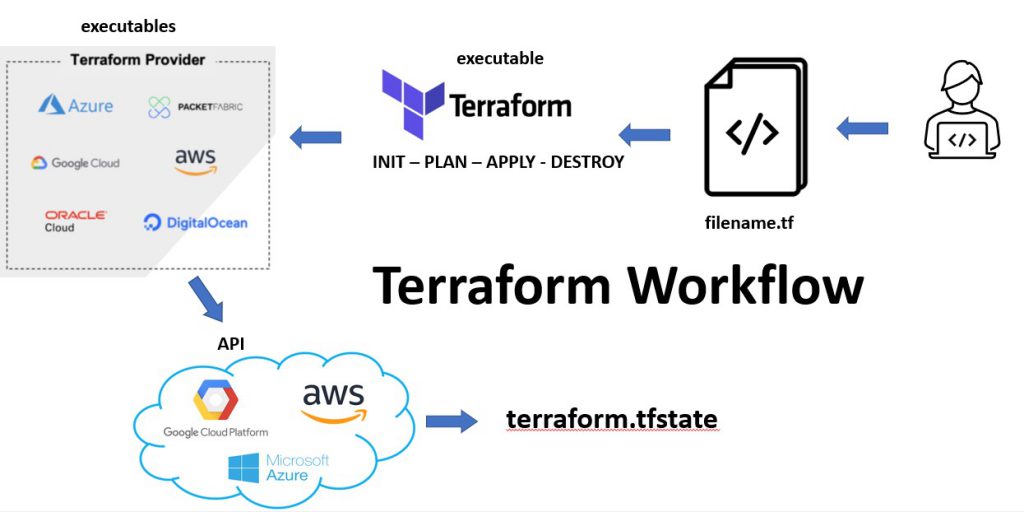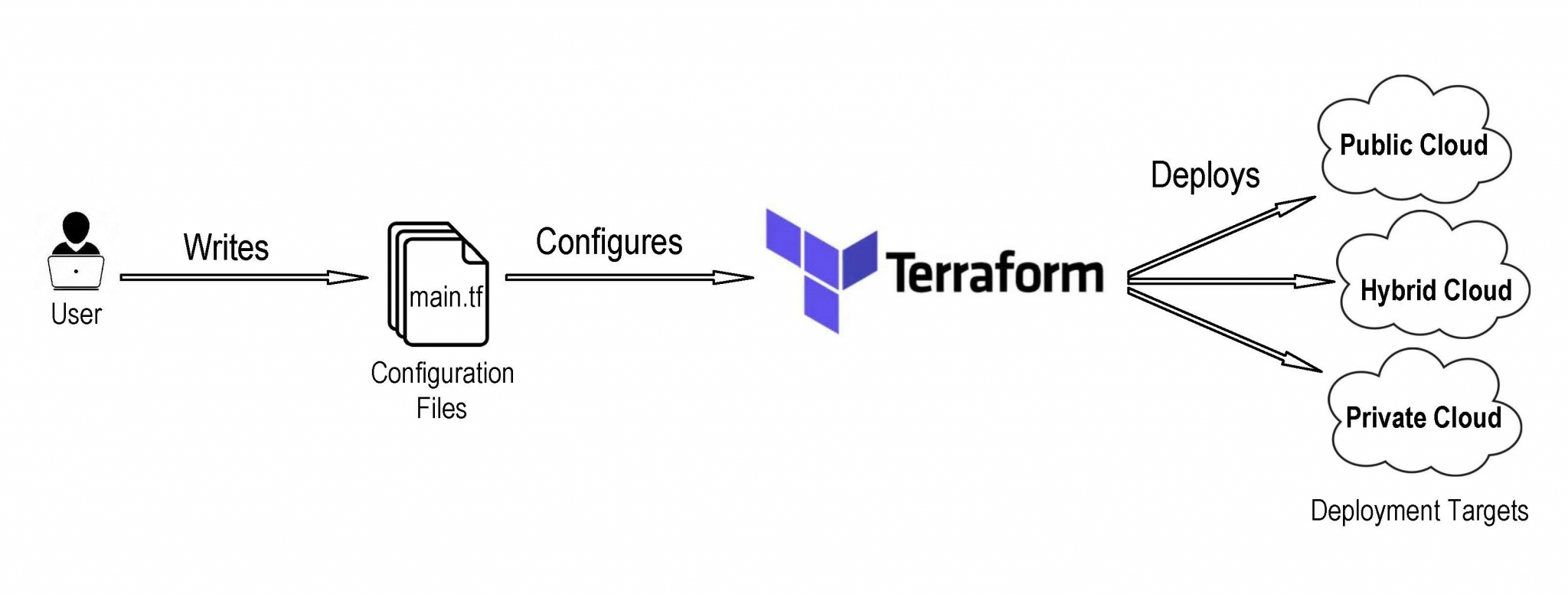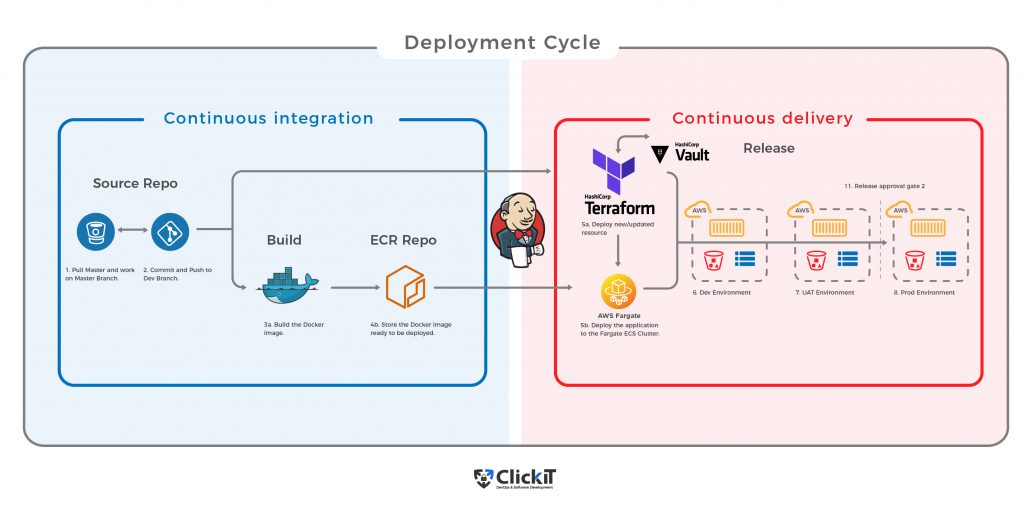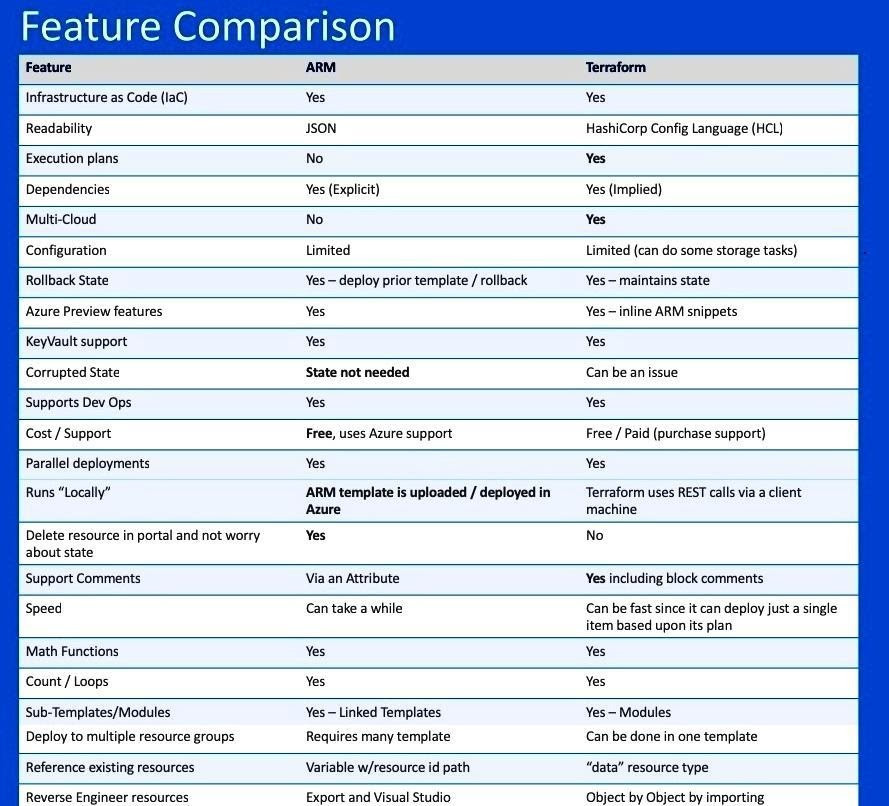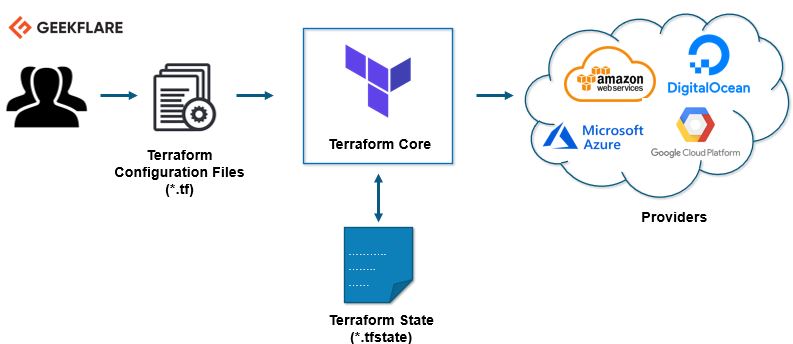Understanding the Basics: Terraform Plan and Apply
Terraform is an open-source Infrastructure as Code (IaC) software tool that enables developers and DevOps professionals to manage and provision cloud infrastructure resources in a scalable, predictable, and consistent manner. The two main commands in Terraform’s workflow are Terraform Plan and Terraform Apply, which play crucial roles in managing and deploying infrastructure resources.
Terraform Plan is a dry run for infrastructure changes, generating an execution plan that outlines the proposed changes to the infrastructure resources. This plan shows what resources will be created, changed, or destroyed, allowing users to understand the impact of the changes and avoid unintended consequences. On the other hand, Terraform Apply is responsible for executing the changes proposed by Terraform Plan, securely applying the changes to the infrastructure.
Terraform Plan: A Dry Run for Infrastructure Changes
Terraform Plan is an essential command in the Terraform workflow, providing a dry run for infrastructure changes. It generates an execution plan that outlines the proposed changes to the infrastructure resources, including the creation, modification, and deletion of resources. By visualizing the impact of the changes, Terraform Plan helps users avoid unintended consequences and maintain control over their infrastructure.
The execution plan generated by Terraform Plan includes a detailed list of actions, resource types, resource names, and their current and desired states. Users can review this plan to ensure that the intended changes align with their expectations and that no uninticipated modifications will occur. This level of visibility and control is crucial for managing complex infrastructure setups and minimizing the risk of errors or disruptions.
Terraform Apply: Making the Infrastructure Changes Real
Terraform Apply is the command responsible for executing the changes proposed by Terraform Plan. It securely applies the changes to the infrastructure, transforming the planned modifications into a live environment. By default, Terraform Apply performs the changes automatically, but it can be configured to require manual confirmation before applying the changes, ensuring an extra layer of control and safety.
To use Terraform Apply, users must first ensure that they have reviewed and approved the execution plan generated by Terraform Plan. Once they are satisfied with the proposed changes, they can run Terraform Apply, which will securely apply the changes to the infrastructure. This process typically involves creating, updating, or deleting resources, depending on the execution plan.
Comparing Terraform Plan and Apply: Key Differences
Terraform Plan and Terraform Apply serve distinct purposes in the Terraform workflow, and understanding their differences is crucial for a successful infrastructure management experience. The main differences between these two commands include their purpose, output, and level of interaction required.
- Purpose: Terraform Plan is used for generating an execution plan, while Terraform Apply is used for executing the proposed changes.
- Output: Terraform Plan displays a preview of the changes, while Terraform Apply executes the changes and updates the infrastructure.
- Interaction: Terraform Plan requires user review and approval, while Terraform Apply can be configured to require manual confirmation before applying the changes.
Both Terraform Plan and Terraform Apply play essential roles in the Terraform workflow. Using them together ensures that infrastructure changes are thoroughly planned, reviewed, and executed with precision and control. By understanding their key differences, users can optimize their Terraform experience and effectively manage their infrastructure resources.
How to Use Terraform Plan and Apply: A Step-by-Step Guide
To effectively use Terraform Plan and Terraform Apply, follow these steps:
- Initialize your Terraform working directory: Run
terraform initto initialize your working directory and download the necessary provider plugins. - Create your Terraform configuration files: Define your infrastructure resources in
.tffiles using the HashiCorp Configuration Language (HCL). - Run Terraform Plan: Execute
terraform planto generate an execution plan. Review the plan to ensure it reflects the intended changes. - Address any issues or adjustments: If necessary, modify your configuration files to address any discrepancies or make adjustments based on the Terraform Plan output.
- Run Terraform Plan again: Re-run
terraform planto verify that the proposed changes align with your expectations. - Run Terraform Apply: Once satisfied with the execution plan, run
terraform applyto apply the changes to your infrastructure. - Confirm the changes: If configured to require manual confirmation, Terraform Apply will prompt you to confirm the changes before executing them. Review the changes one last time before confirming.
By following these steps, you can ensure a smooth and successful Terraform Plan and Terraform Apply experience. Remember to always double-check your execution plans and confirm the changes before applying them to your infrastructure.
Terraform Plan vs Apply: Real-World Examples
Terraform Plan and Terraform Apply are widely used in various industries and scenarios to manage infrastructure. Here are some real-world examples:
- DevOps and CI/CD pipelines: Teams use Terraform Plan and Terraform Apply in their CI/CD pipelines to automate the provisioning, configuration, and management of infrastructure resources. By integrating these commands into their pipelines, they can ensure consistent, reliable, and efficient infrastructure management.
- Cloud migrations: Organizations undergoing cloud migrations leverage Terraform Plan and Terraform Apply to plan and execute the migration of resources from on-premises to cloud environments. These commands help them visualize the changes, avoid unintended consequences, and maintain control over the migration process.
- Multi-region and multi-cloud deployments: Companies with complex infrastructure setups, spanning multiple regions and clouds, use Terraform Plan and Terraform Apply to manage their resources effectively. These commands enable them to maintain a clear overview of their infrastructure and ensure consistent configuration across different environments.
These examples demonstrate the versatility and importance of Terraform Plan and Terraform Apply in managing infrastructure. By understanding how these commands are used in real-world scenarios, you can better appreciate their value and apply them to your own infrastructure management workflows.
Terraform Plan vs Apply: Best Practices and Recommendations
To make the most of Terraform Plan and Terraform Apply, consider these best practices and recommendations:
- Version control: Use version control systems, such as Git, to manage your Terraform configuration files. This allows you to track changes, collaborate with your team, and maintain a history of your infrastructure code.
- Modularization: Break your infrastructure into smaller, reusable modules. This approach promotes code reusability, simplifies maintenance, and improves collaboration among team members.
- Automation: Automate your Terraform workflows using CI/CD tools, such as Jenkins, CircleCI, or GitHub Actions. Automation reduces manual errors, ensures consistency, and accelerates infrastructure management tasks.
- Testing: Implement testing strategies, such as unit tests and integration tests, to validate your Terraform configurations. Testing helps you catch issues early, ensuring the stability and reliability of your infrastructure.
- Security and compliance: Follow security and compliance guidelines when working with infrastructure as code. Use tools and services that help you identify and remediate security vulnerabilities, and ensure that your infrastructure configurations adhere to industry best practices and regulatory requirements.
By incorporating these best practices and recommendations, you can optimize your use of Terraform Plan and Terraform Apply, improving your infrastructure management workflows and ensuring the security and reliability of your infrastructure resources.
Terraform Plan vs Apply: Conclusion and Next Steps
Terraform Plan and Terraform Apply are two essential commands in the Terraform workflow, each serving a unique and critical purpose. Understanding their roles, differences, and best practices will enable you to manage your infrastructure effectively and efficiently. By using Terraform Plan to preview changes and Terraform Apply to apply those changes, you can ensure that your infrastructure modifications are carried out with precision, security, and minimal risk.
As you move forward in your Terraform journey, consider implementing version control, collaboration, and automation strategies to further enhance your infrastructure management processes. Always keep security and compliance guidelines in mind when working with infrastructure as code. By following these best practices, you’ll be well on your way to mastering Terraform Plan and Terraform Apply and maximizing the benefits they bring to your infrastructure management workflows.


